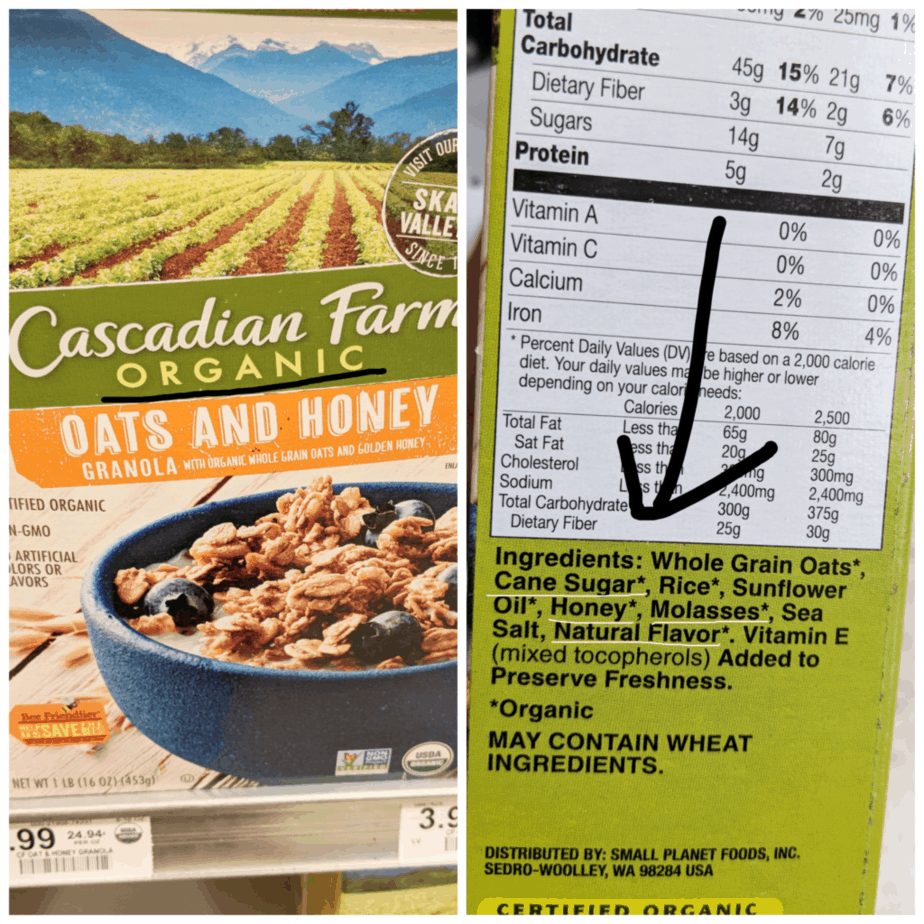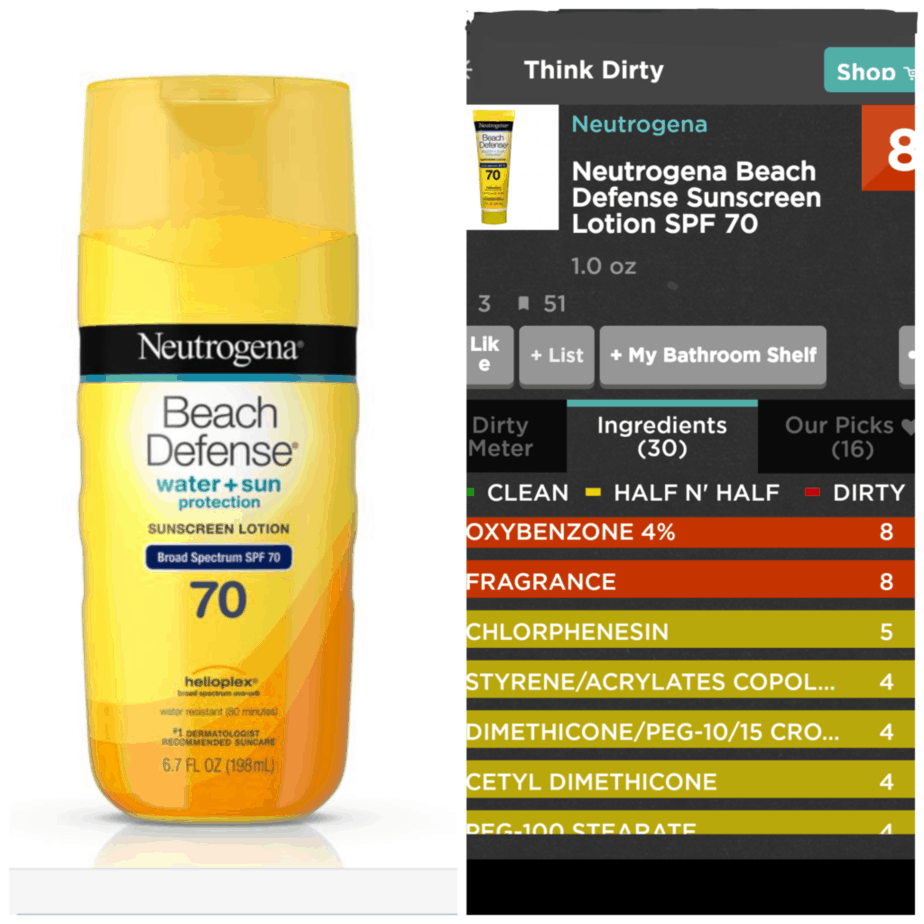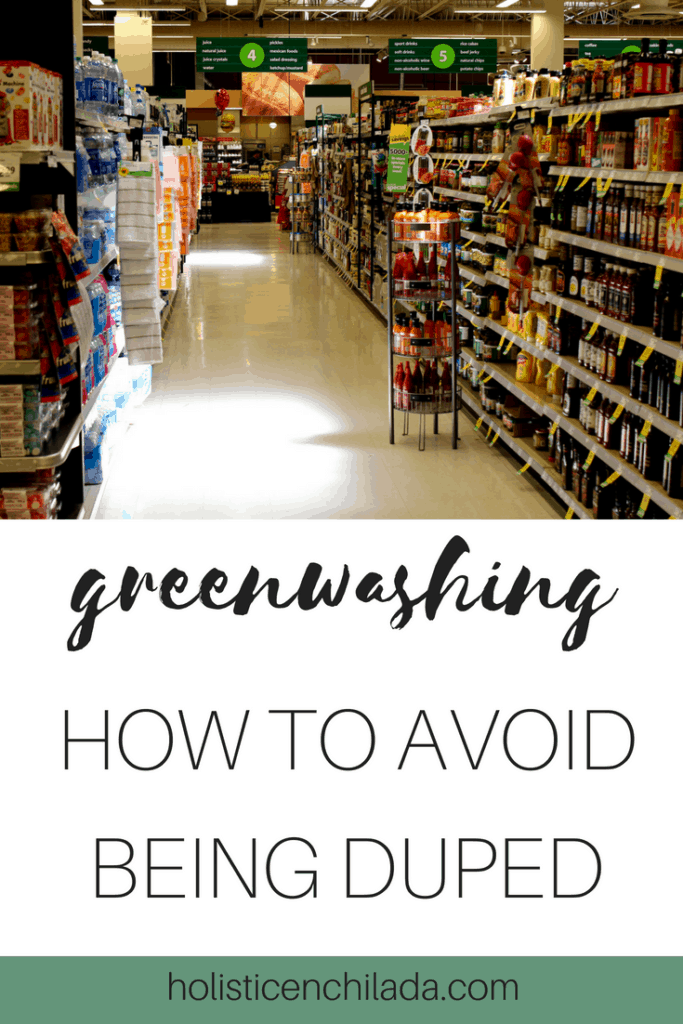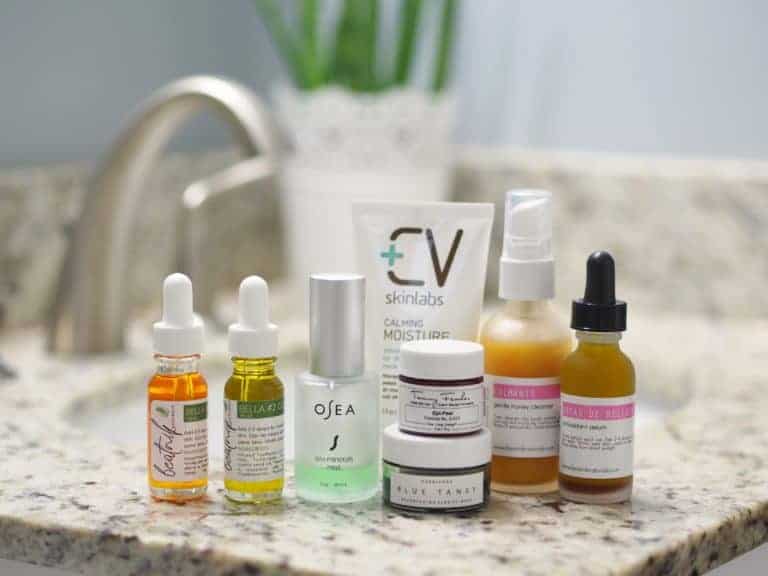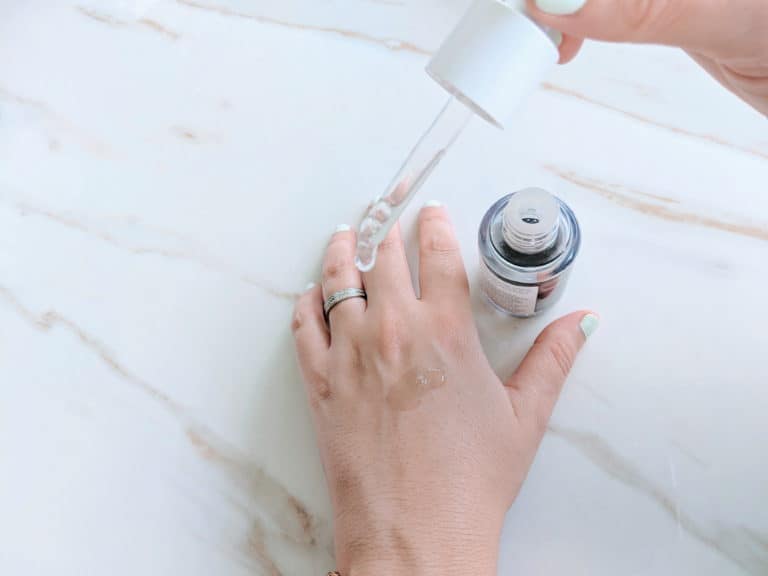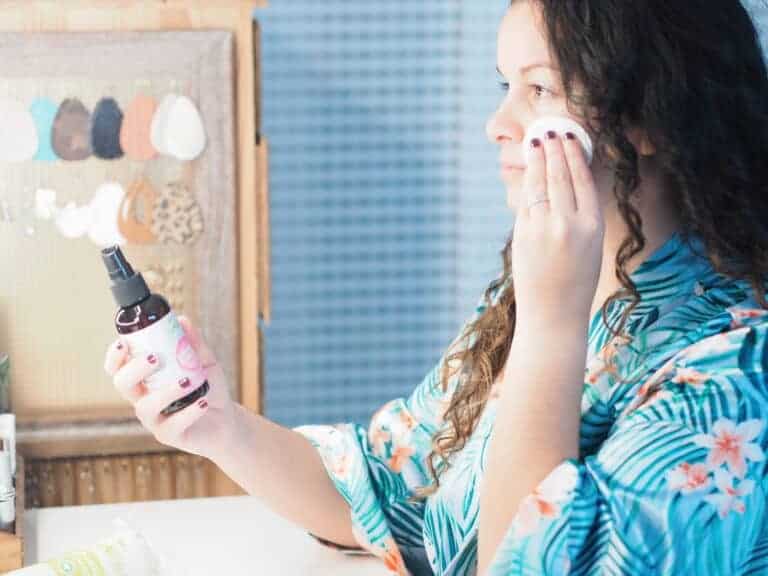Greenwashing: What is It and How To Spot Toxic Ingredients
This post may contain affiliate links, and I will earn a commission if you purchase through these links. Please read the disclosure policy for more details.
What is greenwashing?
Have you ever seen a product that you know is NOT good for you, with advertising that makes it look like it IS good for you? Sometimes it’s really obvious when companies are trying to trick you with their marketing, and other times it’s not.
A less obvious example is a product claiming to be natural and organic, which contains questionable ingredients.
This is called greenwashing.
Greenwashing is technically the use of marketing to promote the idea that the product or company is good for the environment. However, this now also applies to companies trying to make their products seem like they’re better for you than they are.
Unfortunately, this has become very common across several industries, including personal care and food.
One of the easiest places to find examples of greenwashing is the cereal aisle of a grocery store. Cereal boxes are full of buzz words like “natural, whole grain, antioxidants, fiber, vitamins” but if you look at the ingredients list, you’ll see it’s just an attempt to trick you into thinking it’s good for you. Who cares if the cereal has whole grains or is organic if it’s loaded with sugar, GMO’s, canola oil, or processed grains.
More obvious is when companies do this with products like soda and chips. Sugar free soda? Still sweetened with synthetic sweeteners which are actually worse for you than regular sugar. “Natural” chips still have inflammatory soybean oil, GMO’s, and tons of toxic additives in them.
The marketing of eggs another is one that bothers me. Almost every package of eggs claims they use “vegetarian fed hens” as if that’s a good thing. Chickens are not vegetarian! They’re omnivores. If you ever compare a pastured egg to a vegetarian fed egg you can see the difference in the color of the yolk, and taste the difference in flavor as well.
Companies do this with personal care and cleaning products too. Some of these highly toxic products bear similar buzz words all over the packaging but still contain cancer causing ingredients.
Now that you know what they’re really doing, here are some tips to help you spot greenwashing.
Tips to avoid being duped
1- Become a label reader
Ignore the buzz words on the front and go straight to the ingredients list, and know that companies can hide lots of ingredients under the terms “fragrance” and “natural flavors“. You decide if you want to use products with these ingredients or not, but at least know what you’re buying.
You can read all about why I avoid fragrance here.
You can also read about common food ingredients you might want to avoid here.
2- Check for certifications
Companies are only allowed to use the word organic on the front of their packaging if they’re certified organic, so look for that certification. “Natural” has no definition so you can ignore that word because any company can use it regardless of ingredients. Truly GMO-free products will carry a non-GMO certification somewhere on the packaging. Fair trade certifications also tell you the company is using good labor practices. Decide which ones matter and look for those.
3- Research
Research companies and ingredients before hand if you really want to stick to clean and green products. This takes some time but it’s not easy to figure out if a product is completely green and nontoxic by walking around a store and looking at labels. There will be ingredients you don’t know on the labels and you can’t just count them out because of that. Lots of ingredients are listed under their scientific names which most people won’t recognize.
You can also shop at stores which carefully choose their products to align with these ideas. Here are a few: Thrive Market, Credo Beauty, Detox Market
Here is a list of beauty companies that use greenwashing.
Bottom Line
Just be an educated consumer. You can use products with some of these ingredients, I just want you to know what you’re buying. I still eat foods with natural flavors and use products with some questionable ingredients but I am aware of what’s really in these products. I have seen where someone buys something thinking it’s completely clean because it said natural on the front and then they get upset when they realize the product is not what they were looking for.


